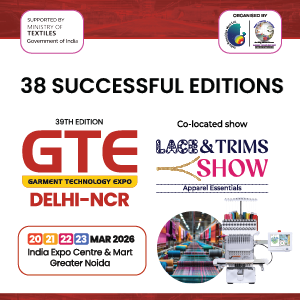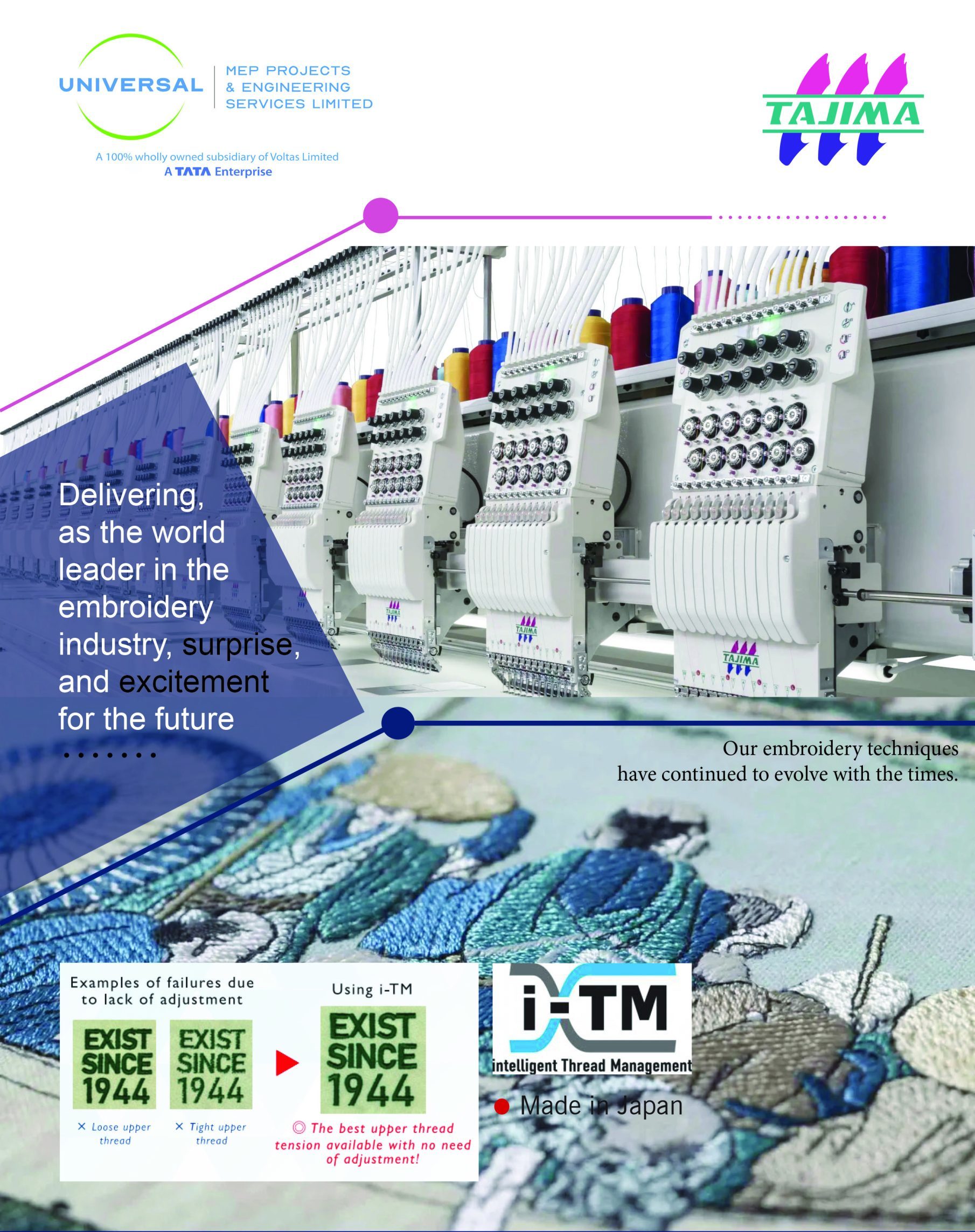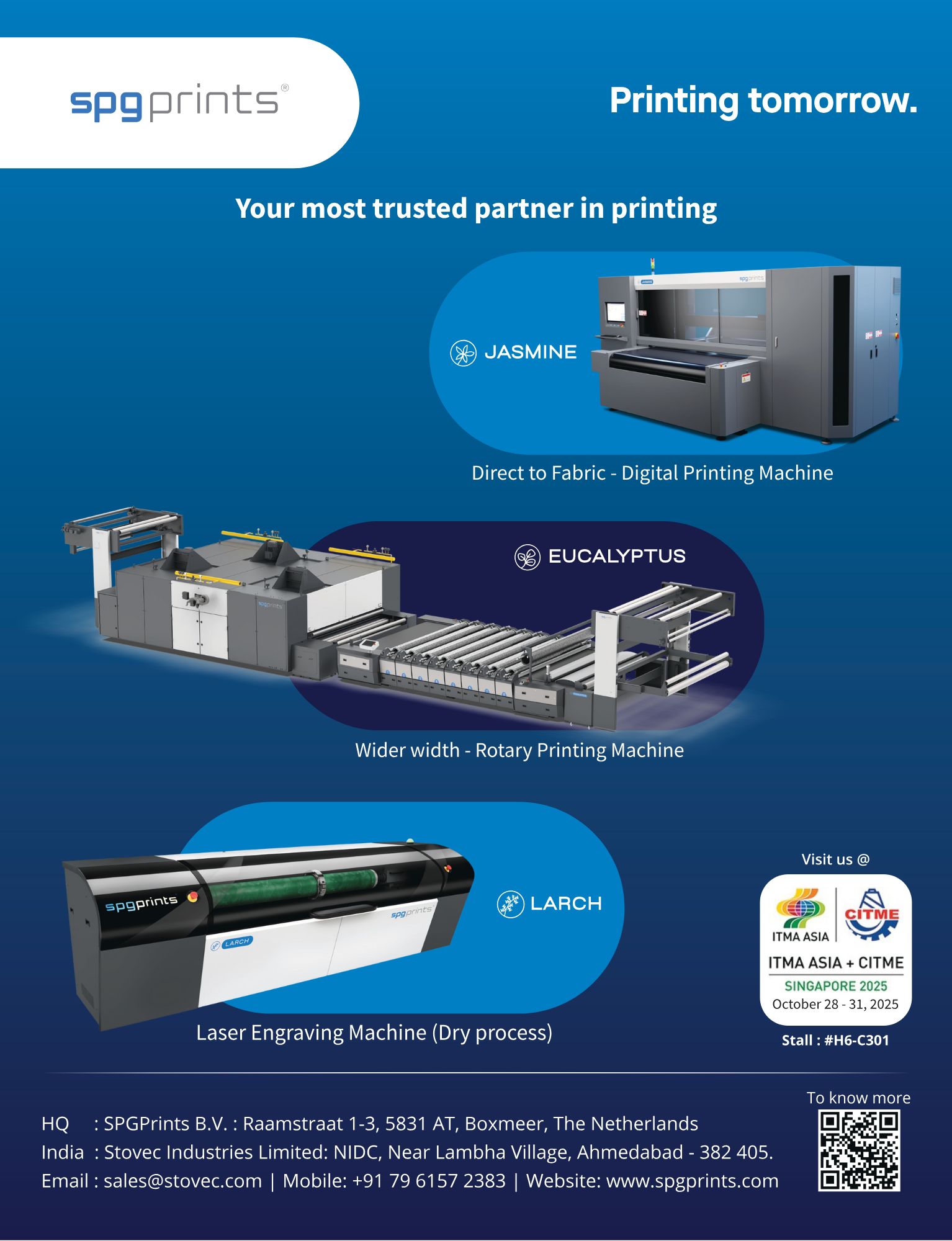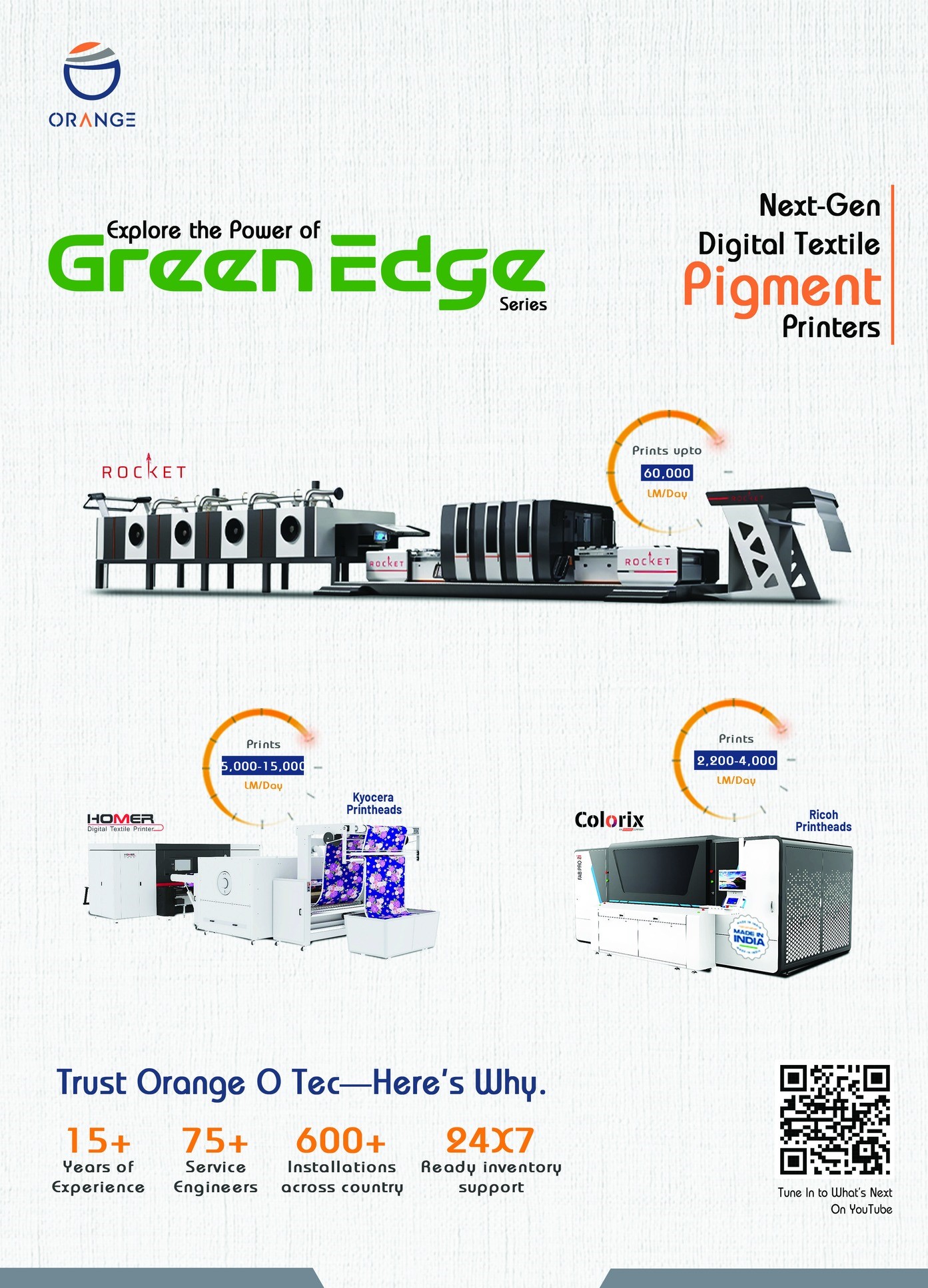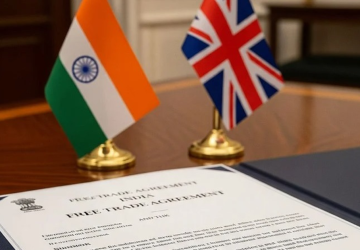
CCPL India, in partnership with X-Rite Pantone, successfully hosted an in-depth seminar on “Digital Colour Matching in the Textile Industry: Standards and Solutions” in Bhilwara, a hub of India’s textile production. The event brought together key stakeholders from the dyeing, printing, and textile manufacturing sectors to address one of the industry’s most persistent challenges: achieving accurate and consistent color across materials, processes, and batches.
In today’s competitive market, color mismatches can lead to costly rework, rejections, and brand inconsistencies. The seminar emphasized the urgent need for digital color control in textile dyeing and printing, highlighting how advanced technology can transform traditional workflows.
At CCPL India, we proudly represent X-Rite Pantone, the global leader in color measurement, matching, and automation solutions, to help Indian manufacturers achieve precise, repeatable, and efficient color control in both dyeing and printing applications.
Why is Color Consistency Critical in Dyeing & Printing?
Inconsistent color results can arise from:
• Fabric type differences (cotton, polyester, blends).
• Dye lot variations leading to shifts in shade.
• Printing inconsistencies across batches and substrates.
• Lighting conditions affecting perceived color.
Traditional visual color matching is subjective and unreliable. X-Rite Pantone’s advanced digital color management solutions eliminate this uncertainty, ensuring that every batch meets precise color standards, whether dyed or printed.

X-Rite Pantone Solutions for Textile Dyeing & Printing
1. Spectrophotometers: Precision Color Measurement
• Portable & Benchtop Spectrophotometers for measuring fabric, ink, dyes, and pigments
• Consistent color analysis across different materials and lighting conditions
• Ideal for bulk dyeing, digital textile printing, and rotary/screen printing
2. Automated Color Matching & Formulation for Dyeing & Printing
• Match any Pantone shade and create precise dyeing recipes
• Minimize dye and ink wastage by reducing trial-and-error
• Quickly adjust formulations for different substrates (cotton, silk, polyester, etc.)
3. Pantone Color Standards: A Universal Language for Color
• Use Pantone TCX (Textile) and Pantone PMS (Printing) libraries for accurate color references
• Ensure global color consistency in fashion, home textiles, and branding
• Reduce color rejections by using digitally verified shades





